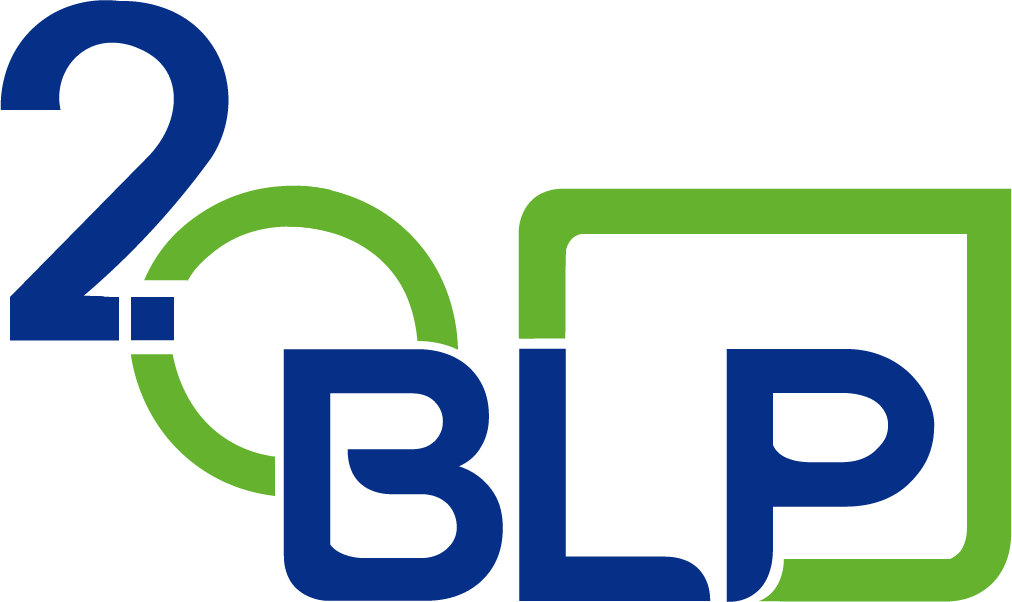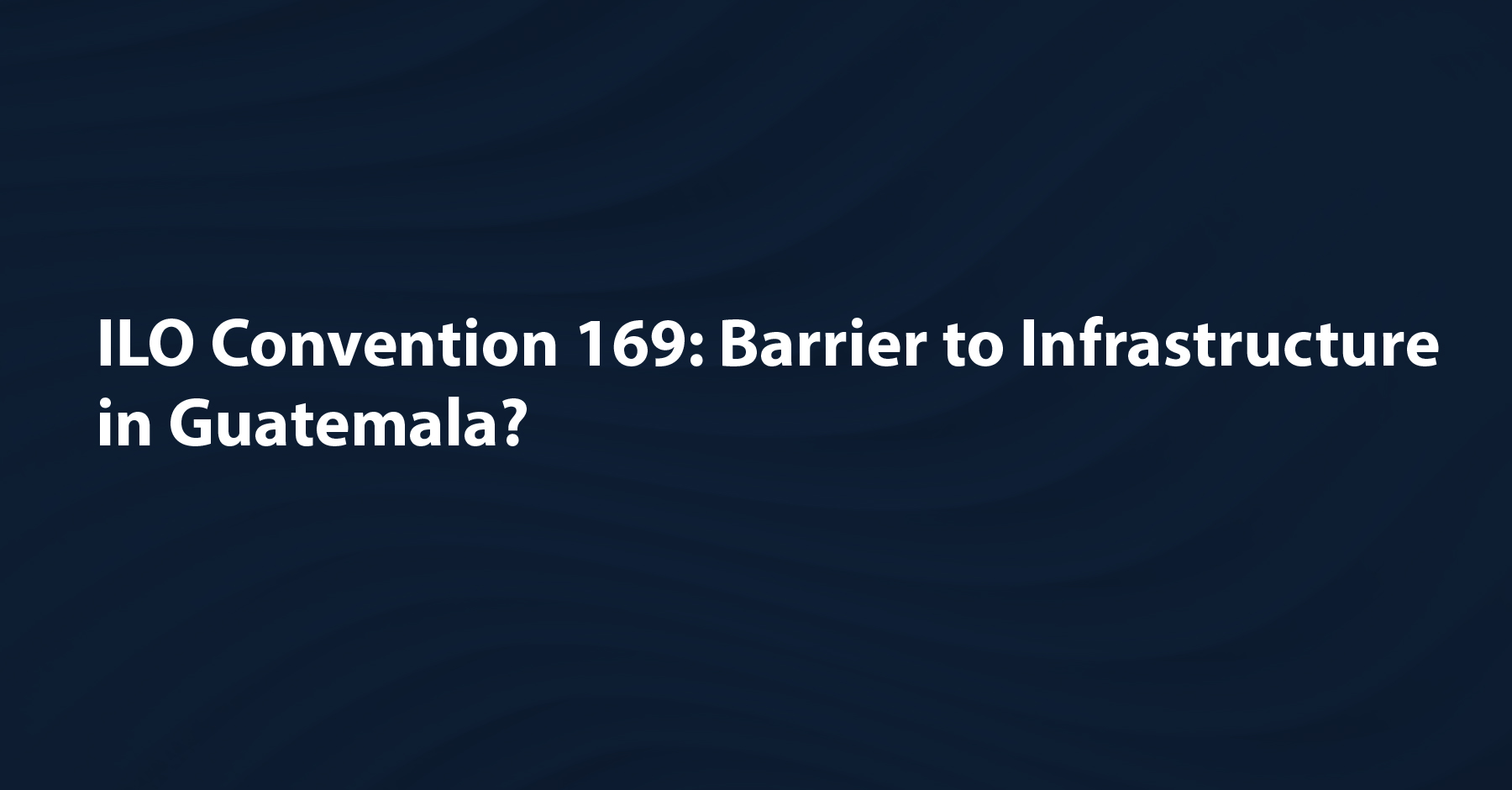Convention 169 on indigenous and tribal peoples, promulgated by the International Labor Organization (ILO), stands as one of the most emblematic instruments in the protection and recognition of human rights at the international level. Adopted in 1989, this treaty seeks to change the historical narrative of marginalization and exclusion that indigenous peoples have faced, giving them a voice and presence in decisions that directly affect their ways of life and their ancestral territories.
Despite the Convention’s noble purpose, its implementation has not been without challenges. Its interpretation and application have varied considerably between nations, leading to complex political, legal and social discussions. These debates take on particular nuances in countries where indigenous populations play a significant role in the social and cultural fabric, as is the case of Guatemala.
In Guatemala territory, the overlap between Convention 169 and the infrastructural and national development spheres has generated friction. The tension between the imperative of safeguarding the rights of indigenous peoples and the need to promote projects that boost the country’s economy and modernization has placed Convention 169 at the epicenter of a crossroads of interests and visions for the future of Guatemala.
What is ILO Convention 169? Context and Background
Convention 169 was adopted by the International Labor Organization (ILO) in 1989, with the primary objective of recognizing and protecting the rights of indigenous and tribal peoples around the world. Its creation responded to the need to modernize Convention 107, which no longer aligned with the contemporary vision of the rights of these groups.
Main rights protected:
- Rights to traditional lands and territories.
- Participation in decisions that affect them.
- Prior, free and informed consultation.
- Protection against forced displacement.
- Rights to their own institutions and ways of life.
Right to Consultation and Participation according to ILO Convention 169
Convention 169, by recognizing the right of consultation and participation of indigenous peoples, introduces a dimension of dialogue and co-responsibility in decision-making. This recognition is not mere formalism; it responds to an essential need to respect the autonomy, dignity and ancestral traditions of indigenous peoples.
The text of the Convention is clear in establishing that consultation must be carried out through appropriate procedures and, in particular, through its own representative institutions. These consultations should not be seen as a simple procedure, but as a genuine process where indigenous perspectives and concerns are heard and valued. The purpose is that any intervention, whether in the form of infrastructure projects, legislation or any other type of initiative that has the potential to affect their territories or their way of life, is done with full knowledge and consideration of the indigenous voices involved.
Beyond simply consultation, the active participation of indigenous peoples seeks to ensure that they are not mere spectators, but rather main actors in the decisions that concern them. By ensuring direct participation, the Convention promotes an equitable and fair relationship, where indigenous communities have the opportunity not only to express their concerns, but also to propose solutions, collaborate on implementation and monitor the results of actions taken. In essence, this right, enshrined in the Convention, strengthens democracy, inclusion and mutual respect in multicultural societies.
The Guatemalan Scenario and the Development-Protection Dichotomy
Guatemala ratified Convention 169 in 1996, and with its entry into force in 1997, the country expressed its commitment to respect and protect the rights of its numerous indigenous peoples. This step undoubtedly marked a significant advance in the recognized cultural and ancestral diversity of the Guatemalan territory. However, history has shown that recognizing rights on paper does not necessarily translate into their effective implementation in practice.
Despite the years that have passed since ratification, the country is still in a constant search to establish a clear and effective methodology for the application of the right to consultation and participation. This absence of a defined regulatory guide has generated tensions and disagreements between authorities, indigenous communities and companies seeking to develop projects in areas over which such communities have influence.
The challenge deepens when one considers that Guatemala, being a country with vast natural wealth and potential for considerable infrastructure projects, is at a crossroads between economic development and the protection of the rights and traditions of its indigenous peoples. This dichotomy has led to intense debates, the paralysis of infrastructure projects and relevant investments and, at times, conflicts of interest that hinder social cohesion and sustainable progress.
The absence of a clear methodology not only calls into question the authenticity of the country’s commitment to the Convention, but also represents a major obstacle to socio-economic progress. It is essential that the Guatemalan authorities, together with representatives of indigenous peoples and interested sectors, work hard to create a framework that enables the harmonizing of imperative development with the unavoidable rights enshrined in Convention 169.
The Challenges of the Convention in Practice: Guatemala and its Infrastructure Development
While the intentions and objectives behind Convention 169 are noble and essential to protect the rights and dignity of indigenous peoples, its practical application is not without challenges. The implementation of the right to consultation and participation, although essential, has proven to have particularities that can hinder large-scale projects, especially in the field of infrastructure.
In the Guatemalan context, where indigenous peoples represent a significant part of the population and have a deep connection with their ancestral lands, the exercise of this right is of utmost importance. However, the lack of clear and precise regulations on how and when these consultations should be carried out has generated uncertainty. This ambiguity has not only led to disagreements between communities and the State or private companies, but has also triggered the paralysis of numerous infrastructure projects essential for the economic and social development of the country.
Investors, both national and international, seek legal certainty and clarity in regulations before committing large sums of money to long-term projects. The uncertainty surrounding the consultation process and the possibility of a project being arbitrarily stopped or substantially modified after investment in time and resources, disincentivize infrastructure financing in Guatemala.
However, it is essential to understand that the challenge is not intrinsic in the law itself, but in its interpretation and application. The solution, rather than ignoring or circumventing the Convention, requires the designing of a clear legal and procedural framework that respects both the rights of indigenous peoples and the development needs of the country. In this balance, Guatemala will not only be able to advance in its infrastructure and economy, but also consolidate a more harmonious and fair relationship with its native peoples, thus strengthening the country’s social and cultural fabric.
The Importance of Clear Regulations:
In the complex network of relationships between the State, indigenous communities and the private sector, regulatory clarity stands as an indispensable tool to reconcile interests and achieve common objectives. Adequate regulation not only makes a difference in the effective protection of rights, but also serves as a cornerstone for a country’s economic and social development
Clarity in the Protection of Rights:
One of the greatest challenges presented by ILO Convention 169 is to interpret its content and practice it within the reality of each country. Although the Convention establishes general parameters, each nation has its cultural, social and economic particularities. Guatemala, with its rich diversity of peoples and cultures, requires a regulatory framework that contemplates and adapts these generalities to its specific context. This adaptation would allow an effective application of the right to consultation and participation, guaranteeing that indigenous peoples are not mere spectators, but active protagonists in the decisions that affect their lives and environment.
Investor Trust:
Clear regulations not only benefit indigenous communities, but are also inducements for the private and public sectors. Investors seek legal certainty, and a well-defined framework provides predictability and transparency. This security reduces the risks associated with legal conflicts, project delays and possible international sanctions or litigation. With clear guidance on how to proceed in areas of indigenous influence, companies can carry out their initiatives with a greater degree of confidence and responsibility.
Promotion of Sustainable Development:
Correct regulation not only protects rights and attracts investment, but can also support sustainable development. When communities have a say in the projects developed in their territories, the likelihood of environmentally friendly and socially responsible development is far greater. At the same time, investors with a clear roadmap can adapt their projects to ensure their long-term viability and social acceptance.
Towards a Balanced Future: Final Reflections
History has shown on multiple occasions that progress is not sustainable unless it is built on a foundation of equity and respect. Protecting the rights of indigenous peoples, far from being a barrier, can become the catalyst for more balanced and harmonious growth. While infrastructural and economic development is essential, it is equally crucial to ensure that this development does not come at the expense of the rights and cultures of indigenous communities.
An Integrative Approach:
To achieve this balance, an integrative approach that recognizes the importance and value of cultural diversity is imperative. Indigenous communities, with their rich history and deep knowledge of the territory, can provide unique perspectives that enrich development projects. Involving these groups in decisions not only ensures their right to participation, but also provides a more holistic view of how to address challenges and opportunities.
The Importance of Commitment and Political Will:
Only a determined commitment and lasting political will can achieve a permanent solution. Guatemala has the responsibility, but also the opportunity, to demonstrate that respect for indigenous rights reconciles with the goals of growth and modernization. This approach requires investment in training, education, and awareness to show public officials and the private sector how to conduct sustainable and inclusive development. Guatemala has all the tools required to achieve growth and development while protecting indigenous sustainability.
The path to a more balanced future is challenging, but the potential benefits for Guatemalan society are immense. A country that respects the rights of all its inhabitants, where indigenous voices are heard and valued, and where sustainable and inclusive development occurs is a country that is positioned as a leader in the region and in the world. Guatemala has all the tools to achieve this status but must first take the decisive step toward dialogue, understanding, and joint action.
Rodolfo Salazar
Partner
Guatemala
E-mail




